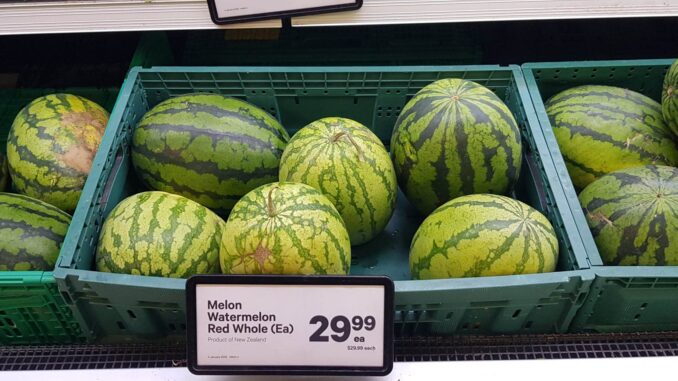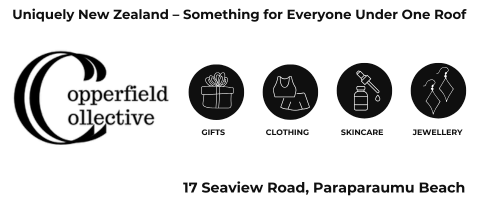
Stat NZ says food prices have risen at their fastest rate in 14 years over the past year. Food inflation for the year was 10.1 percent, the highest annual increase since 2008.
The increases in grocery prices and fruit and vegetable prices were the two main drivers over the period.
I recent scout around Kāpiti supermarkets show extraordinary prices on some food items that are supposed to be ‘in season’. Tomatoes at $9 a kilo and watermelons (not particularly large) at $29.99, butter at $9.50.
“This was the highest annual increase since November 2008,” Stats NZ consumer prices senior manager Nicola Growden said.
“Increasing prices for barn-raised eggs, cheddar cheese, and two-minute noodles were the largest drivers within grocery food.”
Within fruit and vegetables, potatoes, bananas, and cabbages influenced prices the most.
Food prices make up just under a fifth of the overall inflation rate.
Compared with October 2021:
Grocery food prices increased by 9.7 percent
Fruit and vegetable prices increased by 17 percent
Restaurant meals and ready-to-eat food prices increased by 7.5 percent
Meat, poultry, and fish prices increased by 10 percent
Non-alcoholic beverage prices increased by 8.7 percent
For the month of October, prices were 0.8 percent higher than September.
Local food markets might be considered an option as the powerful supermarket monopolies continue to maintain high prices.
Kāpiti has many great markets such as Ōtaki, Te Horo, Waikanae, and Paraparaumu Beach where fresh produce can be bought from local growers.











































